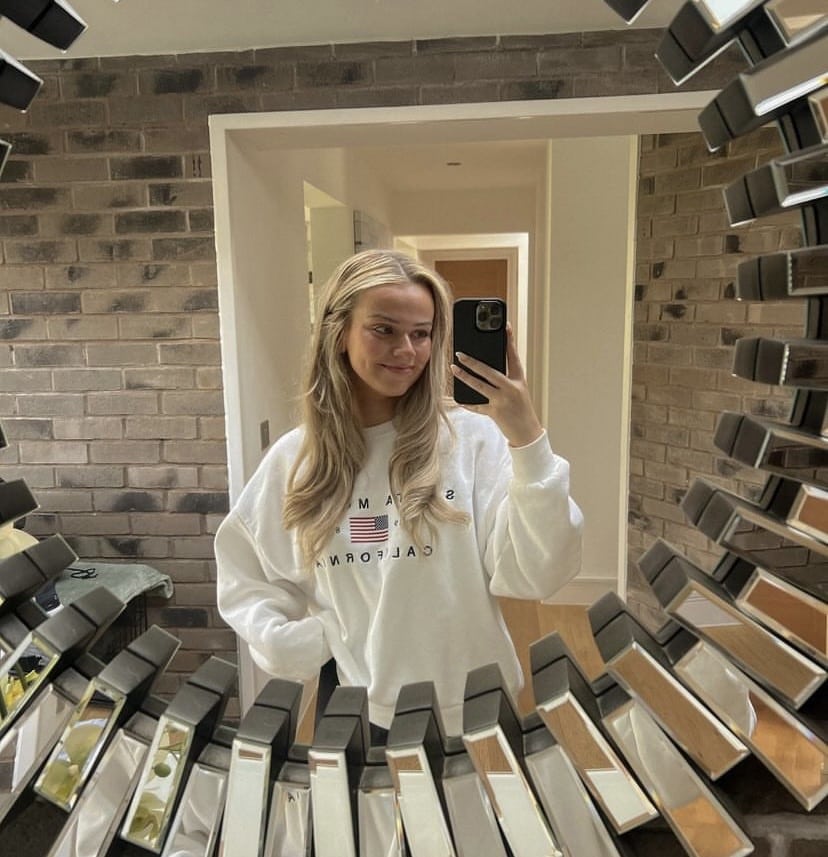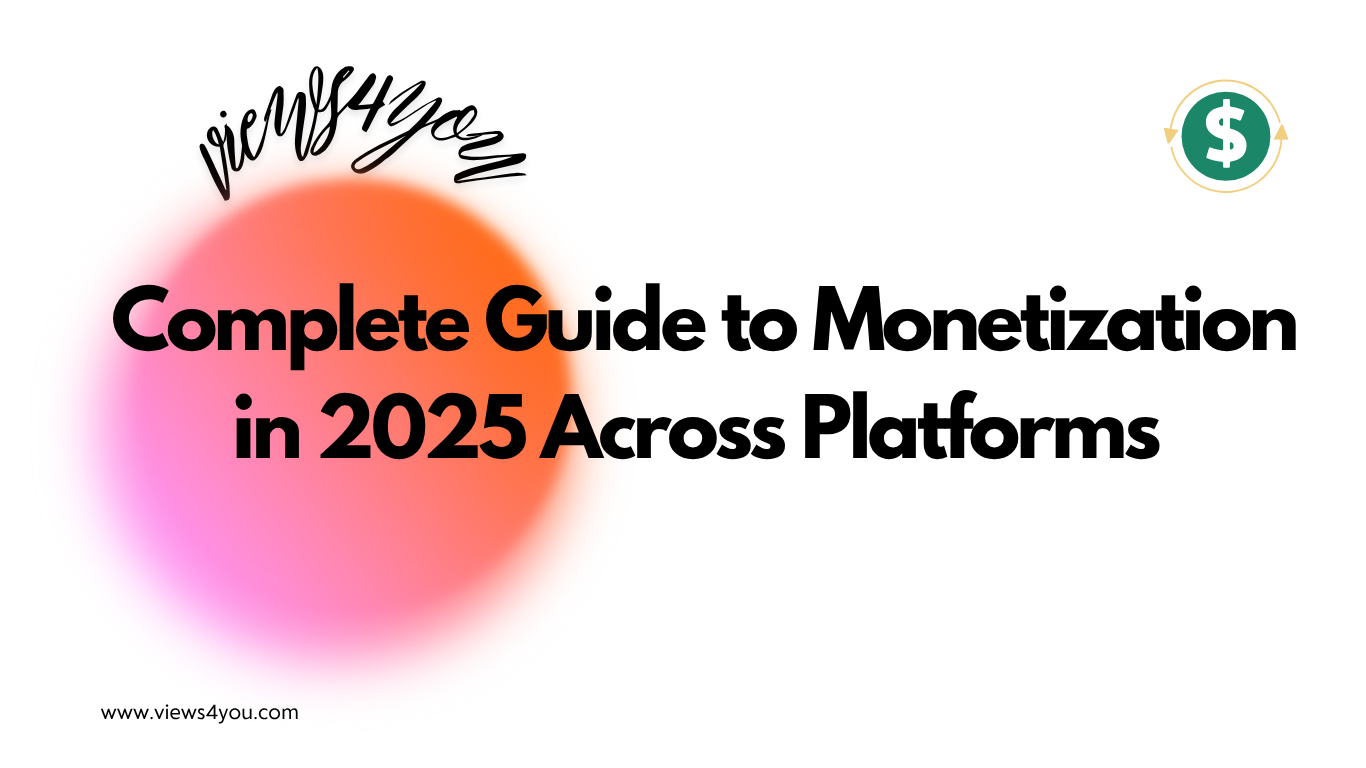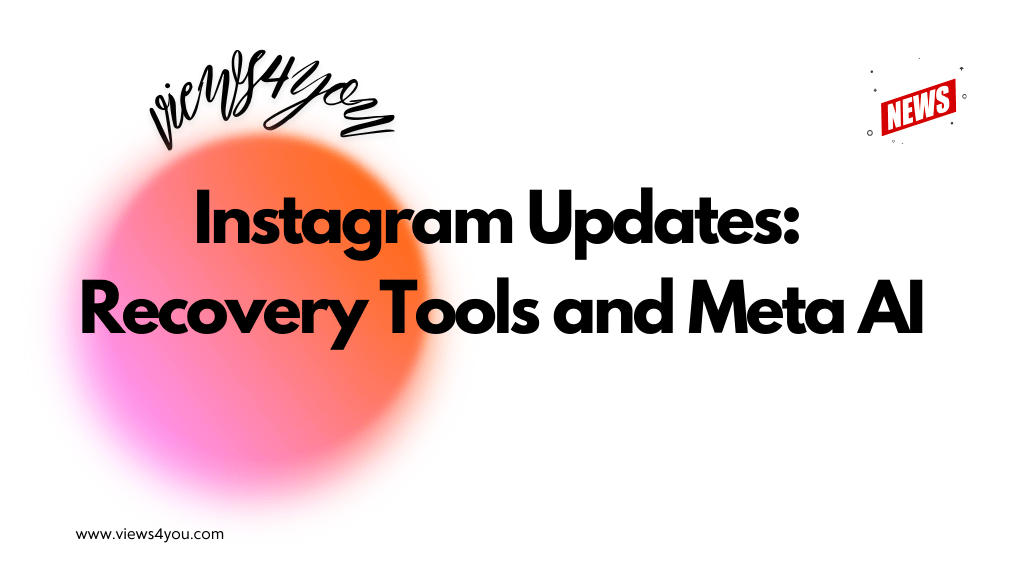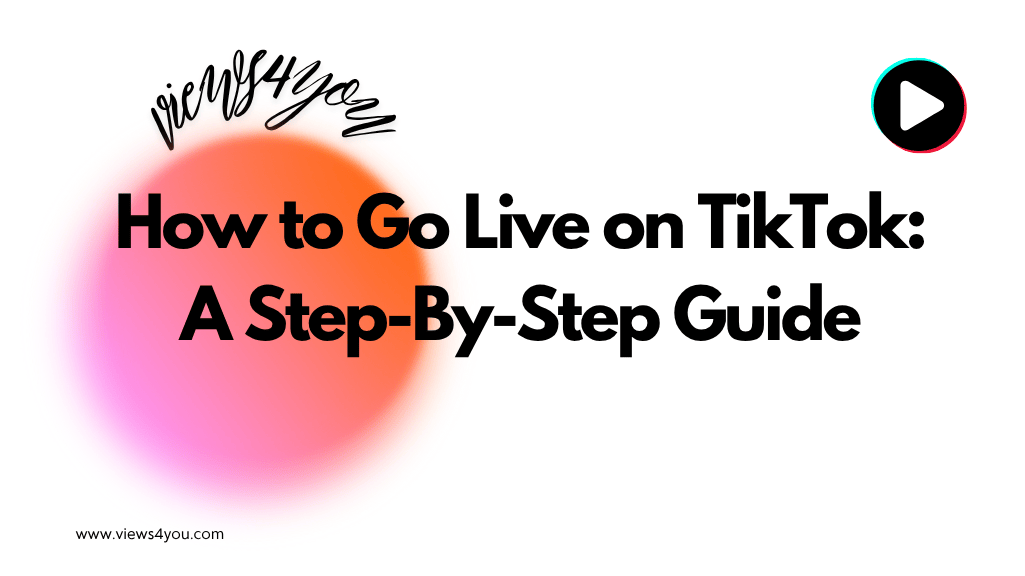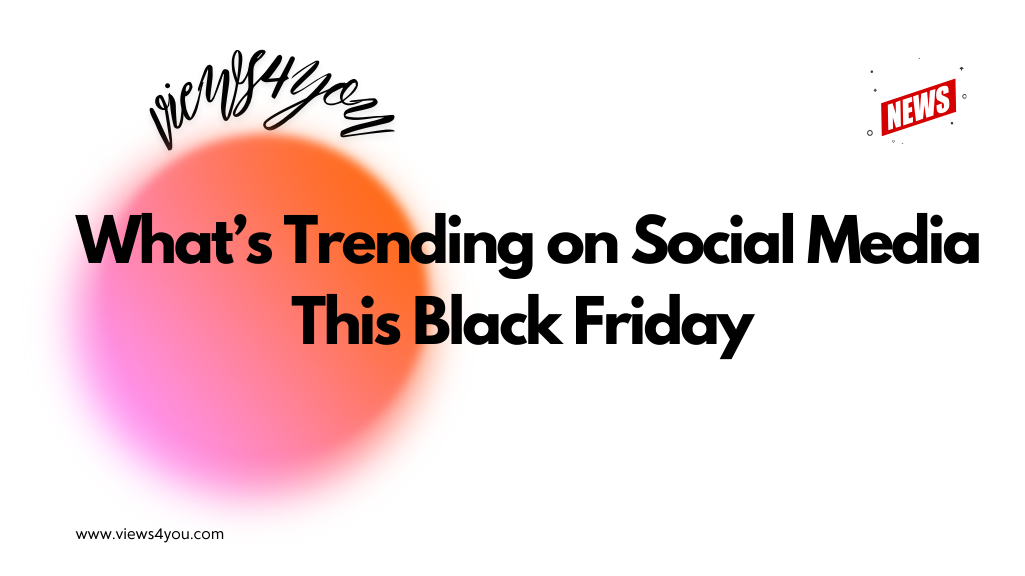As AI influencers flood the feed, we’re not just debating aesthetics—we’re facing a deeper ethical curve. From disclosure dilemmas to algorithmic bias, today’s creators must navigate a digital culture where transparency is the new trust signal, and being real might be the boldest strategy left.
As the rapidly changing world of digital content raises a new question fast, all wonder: Can AI avatars replace real creators? As the distinction between human-made and AI-powered content erases, creators, brands, and audiences are in new territory. The emergence of artificial personalities; stylish, present, and algorithmically perfected, makes us question influence, authenticity, and creativity. And for those who measure their worth in followers, competition never felt so supernatural.
The Rise of Digital Faces
Virtual influencers are routine today; they are helpful for expansion. With millions on Instagram, the virtual personality Lil Miquela and the artificial avatar Noonoouri, displaying high style, now tread identical virtual red carpets as actual influencers. Avatars created through AI and sophisticated animation software are always primed for promotion: no scheduling issues, no scandals to raise problems, and they do not become outdated. Avatars provide brands consistency and good pairings, in addition to seamless storytelling, which even superior classic producers can’t always equal.
It allows content producers to schedule when to publish their content and track how well it performs. The AI develops complete personalities. They are not mere tiny components of a personality; they are dynamic tools for the production of content. Brands can employ them at their convenience and for their project without concern for the nitty-gritty. The influencer economy is expanding and evolving.
Authenticity in the Simulation Age
The core of influencer marketing is to keep it real. Followers are not interested in seeing false pictures but real moments from normal lives. The people in their natural, normal lives are behind the camera. Virtual influencers are not human; they are computer-generated. Their personalities are scripted, and their emotions are computer configurations. Yet, millions of fans tune in as much as they do for real people.
That is where we hit a dead end: do we rely on the other person’s need to be human and real? Some would answer yes; our experience, our emotions, and our transformability all count. But others would say all that is required is to be acting, and as long as the story is compelling, where it originates is irrelevant. If an AI makes you laugh, makes you cry, or makes you click “buy,” can we object if it’s done its task?
But all their admirers still promote producers capable of making errors as they do. If they object, they demand an honest reply. Here, we observe the human side that can’t be replicated—even in the finest machine learning algorithms. That’s why real producers are still highly valued.
Algorithmic Perfection and Human Flaws
Real-life influencers evolve and mature, but avatars can be refined and perfected until infinity. Avatars are not exhausted; they do not end up in a rut. The connection is quite tight. The strong connection ensures consistency. Human creators, and their talents, distinct styles, and fluctuating voices, win credibility in exchange.
Flaws in daily life are a major reason why content creators are endearing. They are wrong in their scripts, deviate from the topic, do emotional selfie updates, or discuss inequality—but they do all these because they are real and engage in honest talk. That’s what makes it real. And when their followers stand in their defense, that matters as well.
Actual writers do not switch narratives simply because they wish to. They can respond to politics, capitalize on hot issues, and violate conventions that a brand would not. Being unpredictable is their asset.
The Branding Arms Race
But why would brands pay for AI influencers in the first place? There’s control, for starters. With avatars, the brand can control the message, appearance, timing, and tone. There are no concerns about last-minute cancellations or issues related to public relations. Avatars in our core markets even receive higher engagement than human influencers due to data-driven optimizations.
These processes generate a world of two tiers: at the top, perfect avatars representing perfect pictures; underneath, actual people attempting to stand out, attract followers, and make profits. There’s no wonder that actual influencers would be overlooked—even for newbies.
But human creators also possess good tools. With proper planning, they can expand their followers, engage, and enhance their content in order to keep ahead. Followers are not mere numbers—they indicate trust, reach, and community. They can be constructed well.
One beauty influencer, not particularly well known, recently described losing not once but twice long-term relationships after her followers fell when a family member got sick. “They said they needed an influencer that could do better—even a graphic or an avatar, I guess,” she said. Such tales are becoming all too frequent, revealing just how hard the new attention economy is on actual people.
The Influence Gap Is Growing Larger
It is increasingly difficult for everyone to achieve their next target when each influencer celebrates getting a major deal from a corporation. AI-based avatars are widening this gap further. They are not competing for attention alone, but they are altering the way platforms present as well as recommend content.
Algorithms are fine-tuned to be consistent and attention-grabbing. This is good for AI avatars, which can publish daily in various formats without errors. But for human creators, who may not be able to manage their mental well-being, family, or even a day job, this can be very stressful, and getting behind can cause them to be overlooked.
It is wiser for creators to be clever rather than just work harder in order to thrive. Examining, keeping an eye on growth, and understanding when to release are valued competencies today. Such competencies are effective in an attention-based economy today.
Today’s market statistics indicate that AI influencers receive as much as 30% higher engagement in a fashion project compared to human influencers. That is not because AI influencers are superior; rather, brands do not concern themselves as much with emotions and pay attention to figures.
Collaboration or Competition?
Not all is doom and gloom. There are those who are collaborating with v-influencers or their self-made AI avatars. They do not think they pose threats but rather see themselves as instruments for building audiences, testing various styles, or distributing content across cultures.
There is going to be a new concept involving a real person and a computer assistant. There is going to be an AI assistant for a clothes maker or an electronic teacher that will recommend exercises in five languages. Machines and human beings can collaborate rather than pitting them against each other in the future.
As the world continues to evolve, those who will be able to connect tech and their emotions will be successful. They will provide others with something AI is not capable of on its own: insight, emotions, and human experience—in new, creative, and individualized ways.
Future-Proofing the Human Creator
The reality is, audiences are evolving as well. Although AI avatars can astonish people with cutting-edge videos and tech, audiences still crave real and truthful content. Human creators need to ensure that they can continue to be a part of the future by producing things machines are not capable of making.
Lives that are touched through stories, numerous comments, and community building on the webpage provide for real-life associations. AI is utilized to assist, not to have their views heard, but rather to be heard as much as anyone possibly can. Through automatic scheduling, tracking what their audiences are saying, or even generating ideas for their next piece, writers can employ the very same tech avatars that do in order to expand their abilities.
And keep in mind: There are intelligent audiences. They know when things are perfect. They need creators to present them both their finest moments as well as the rough edges behind the scenes. The demand for “real” is not dying. The “real” is being considered once again due to increased competition.
Another effective method is to present not only the end product but also the rough drafts done in the process. Instagram Stories or “day in the life” videos are good for such. With the passage of time, such tactics help instill loyalty in Gen Z audiences, which are less concerned about perfection but about authenticity.
The Coming Ethical Curve
There is also an ethical discourse. Must followers be informed when an avatar is not real? Must AI influencers inform others about their sponsorships for brands, as human influencers are required to inform others about their sponsorships for human brands? How do humans respond to non-humans in lopsided relationships?
They are not on the fringes. They are near the core of digital culture. Platforms, brands, and authorities will need to set new rules someday, but nowadays, actual creators must cope with a market becoming even less fair.
Fronts that are not only facilitating actual interaction but are crafted well will survive long. The AI revolution is on the horizon, but until then, we are still in control. Real creators can still control where it goes.
Certain businesses, such as TikTok and Meta, are beginning to experiment with “synthetic origin” hashtags for AI-made content. The initiatives are flawed, but they are movements in the right direction toward making people know what or whom they are communicating with on the web.
Not Threat, But a Wake-Up Call
Will AI avatars replace actual creators in the future? They are a challenge, for sure. But they are also an opportunity to refine, to raise the bar, and to demonstrate why actual people are compelling.
They remind us that fans don’t want cute photos or tricks to go viral. They want a connection. They want a narrative. They want you.
The world’s finest designers will not attempt to manufacture machines such as machines in the future. They realize that strength is not about being flawless but about being present.
Whether you are building a brand, conveying a message, or simply wanting to be heard, your in-person actions are worth more than any line of code. If you think that a computerized you is superior, keep in mind that it can reproduce your looks, your language, and your voice, but not your narrative.
FAQs
Do virtual influencers substitute for human creators?
No, but they’re redefining the landscape. Virtual influencers bring consistency and control to brands, yet human creators give them authenticity and emotional resonance. The two aren’t mutually exclusive and even cooperate.
What drives brands’ investment in AI-based avatars?
Avatars do not become old, cancel shoots, nor deviate from scripts. They are scannable and controllable, for which reason they are attractive for global campaigns. Yet, they lack the depth and randomness given by human creators.
How do actual creators compete?
By using the same technology tools to streamline their approach. That is, streamlining their content calendar, tapping into analytics insights, and increasing followers by intentionally keeping their campaigns discoverable and relevant.
Do people notice when influencers are insincere?
Yes, but not always. Some avatars actively conceal, and others obfuscate the line. Either way, most of them still interact if the content is fun or emotionally compelling.
Do AI avatars collaborate well with real creators?
In fact, other people are even employing AI in building alternative personas, assistants, or local avatars for their business. It’s all about establishing their presence without sacrificing their human voice.
